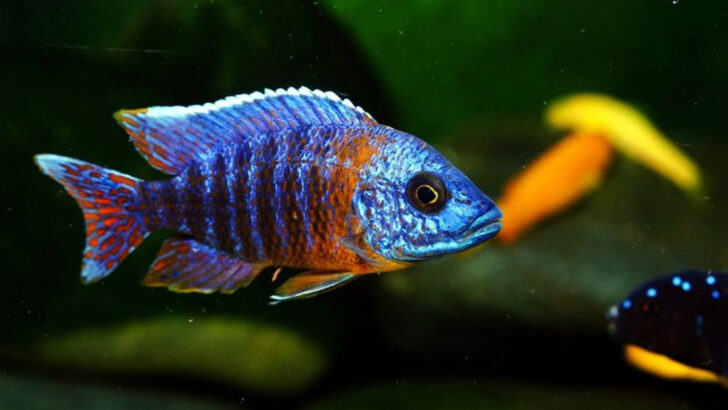Cichlids aren’t just fish—they’re the rockstars of the aquarium world.
With their bold colors, wild personalities, and surprising intelligence, these fish know how to steal the spotlight. Some even recognize their owners, throw a fit over territory, and have parenting skills that put other fish to shame.
And let’s talk variety! With over 1,500 species, cichlids come in more shapes, colors, and attitudes than you could ever imagine. Whether they’re defending their turf like tiny warriors or rearranging their tanks with artistic flair, they always keep things interesting.
So, what makes them the coolest fish on the planet? Get ready to dive into a world where fish have attitudes, stunning colors, and behaviors that will blow your mind!
Vibrant Colors
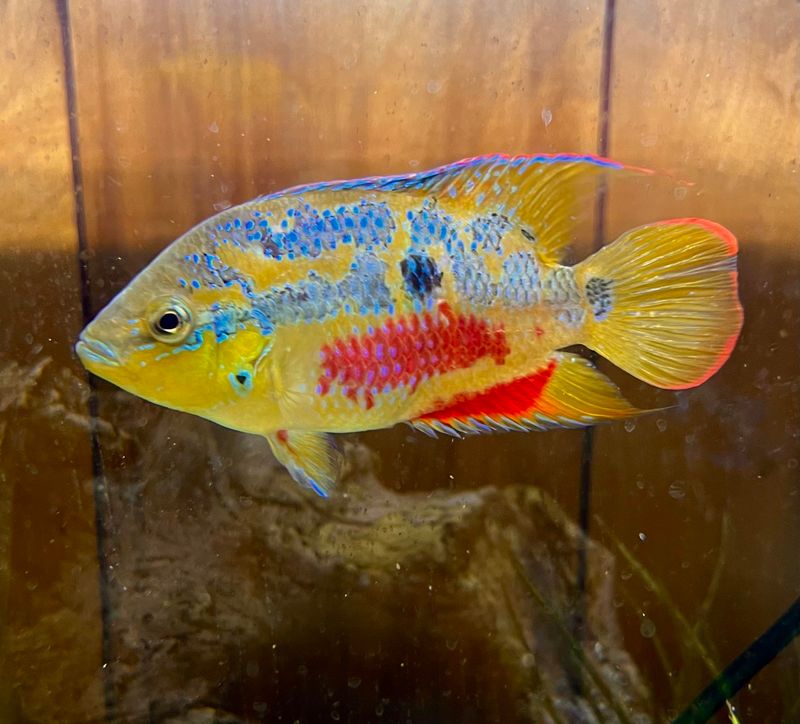
Cichlids are known for their stunning array of colors, rivaling the vibrancy of marine fish. Their hues range from electric blues to fiery reds. Many cichlids possess unique patterns, making each individual fish a visual masterpiece. These colors can change due to mood, breeding conditions, or environmental factors.
In captivity, providing a varied diet can help maintain their vibrant pigmentation. Aquarists often choose cichlids for their dazzling appearance, transforming an aquarium into a living art piece. The variety of colors makes them a popular choice for those looking to add a splash of color to their home.
Complex Behaviors
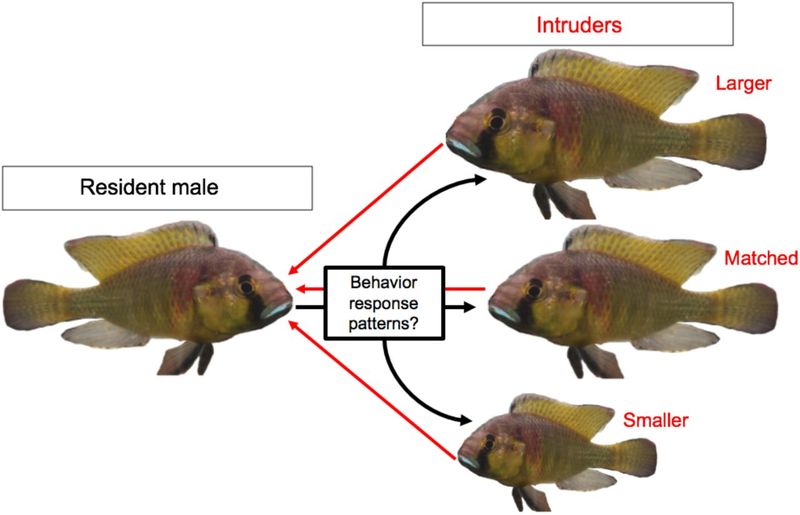
Cichlids display a fascinating range of behaviors, including complex social interactions and problem-solving skills. These fish are territorial and often establish hierarchies within their groups. Observing cichlid behavior can be akin to watching a soap opera, filled with drama and intrigue.
Breeding pairs engage in elaborate courtship displays, and parents often care for their young, a rare trait among fish. This behavioral complexity makes cichlids a favorite among hobbyists who enjoy observing their fish’s daily interactions. Their intelligence and social nature provide endless entertainment and learning opportunities.
Diverse Species
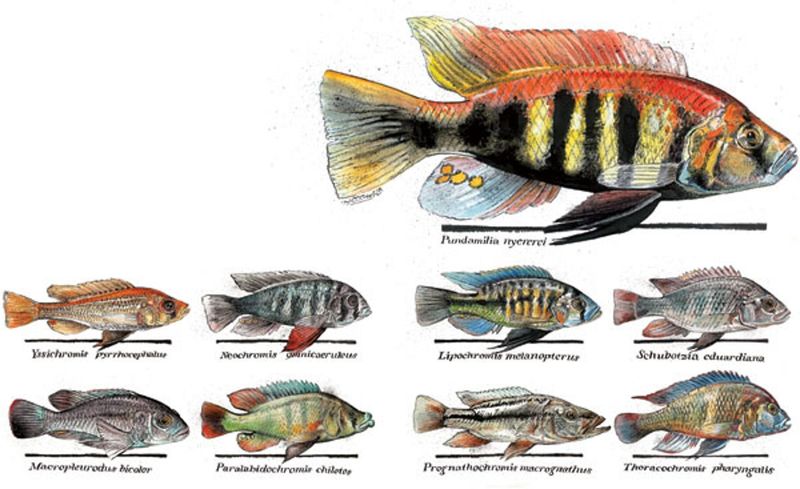
With over 1,600 known species, cichlids offer an incredible diversity that appeals to fish enthusiasts worldwide. They inhabit a variety of ecosystems, from African lakes to South American rivers. Each species has adapted uniquely to its environment, resulting in an astonishing variety of shapes and sizes.
This diversity allows aquarists to choose from a wide range of species, each with its own unique traits and care requirements. Whether you prefer the massive Oscar or the diminutive Apistogramma, there’s a cichlid for every tank. Their adaptability and evolutionary success make them fascinating subjects of study.
Parental Care
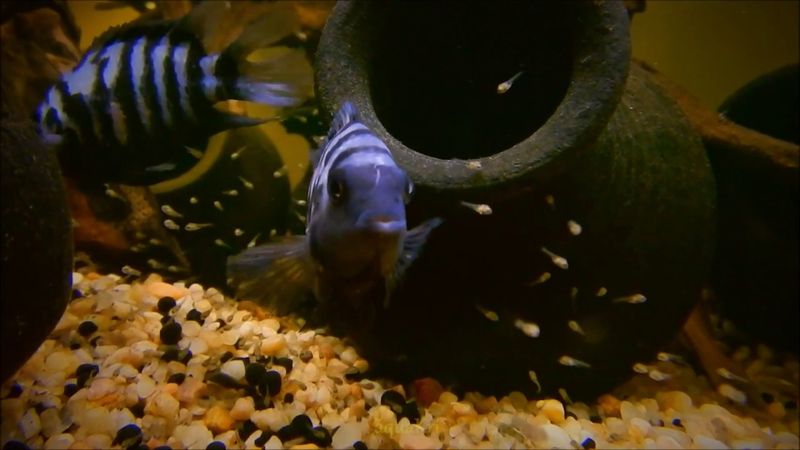
Unlike many fish, cichlids are known for their exceptional parental care. Both parents often participate in guarding and nurturing their young. This level of care is uncommon in the fish world, setting cichlids apart from other species.
Watching cichlid parents tend to their fry can be a heartwarming experience, showcasing the fish’s dedication and instinctual behaviors. This trait not only makes them fascinating to observe but also increases the survival rate of their offspring. Their ability to care for their young is a testament to their intelligence and adaptability.
Adaptability
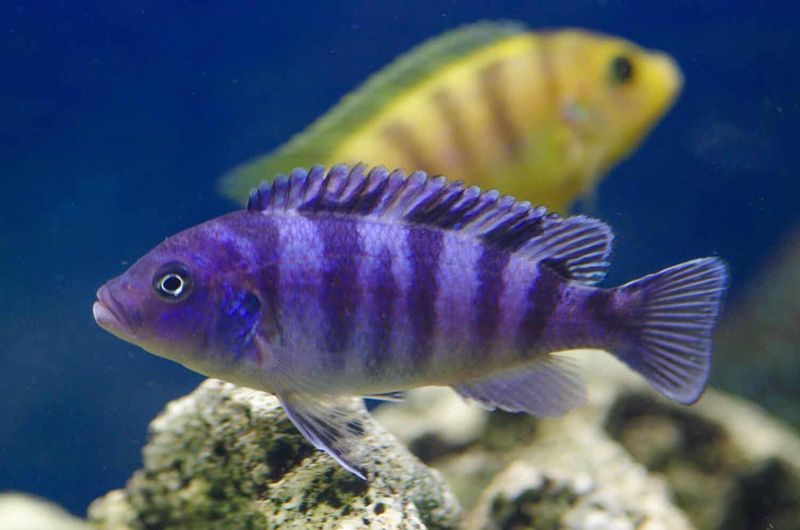
Cichlids are renowned for their adaptability to different environments and conditions. This trait has allowed them to thrive in diverse habitats worldwide. In aquariums, cichlids can adjust to changes in water conditions, making them suitable for both beginners and experienced hobbyists.
Their ability to adapt extends to their diet as well, as they can consume a variety of foods. This flexibility has contributed to their evolutionary success and popularity among aquarists. The adaptability of cichlids ensures they remain robust and resilient, even in challenging conditions, making them a reliable choice for any aquarium enthusiast.
Intelligent Problem Solvers
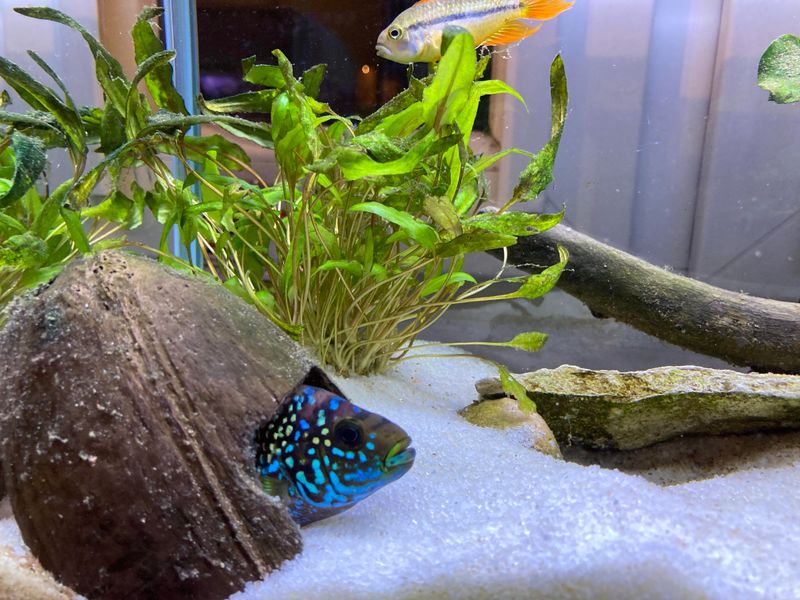
Cichlids are known for their intelligence, often surprising their owners with their problem-solving skills. They can navigate complex environments, find hidden food sources, and even recognize their owners. These cognitive abilities make them engaging pets to observe and interact with.
Their intelligence is not just for show; it plays a vital role in their survival, allowing them to adapt to changes and challenges in their environment. Watching cichlids solve puzzles or interact with their surroundings can provide endless entertainment, showcasing the depth of their cognitive abilities.
Unique Feeding Habits
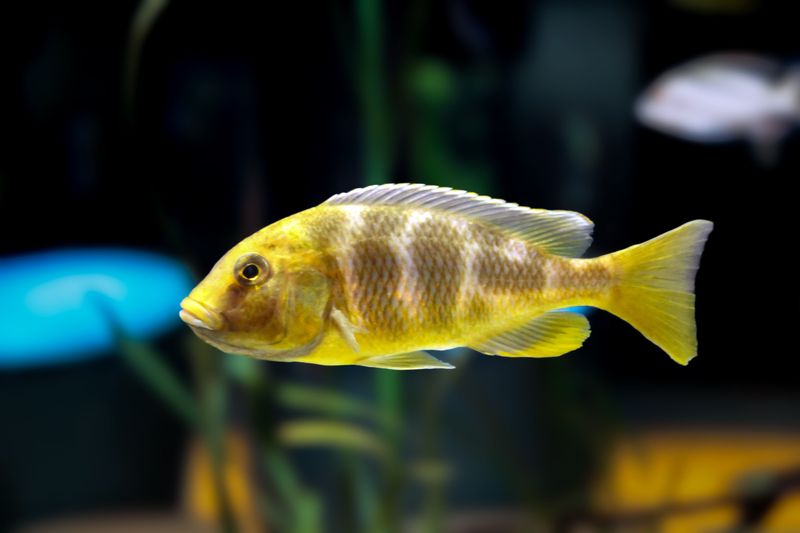
Cichlids exhibit a variety of unique feeding habits, reflecting their diverse ecological roles in the wild. Some species are herbivorous, grazing on algae and plant matter, while others are carnivorous, preying on smaller fish or insects.
This diversity in diet allows aquarists to tailor feeding regimens to suit the specific needs of their cichlids. Observing these feeding behaviors can be both educational and entertaining, offering insights into their natural lifestyles and ecological roles. Unique feeding habits make cichlids adaptable and interesting subjects for those interested in aquatic ecology.
Social Structures
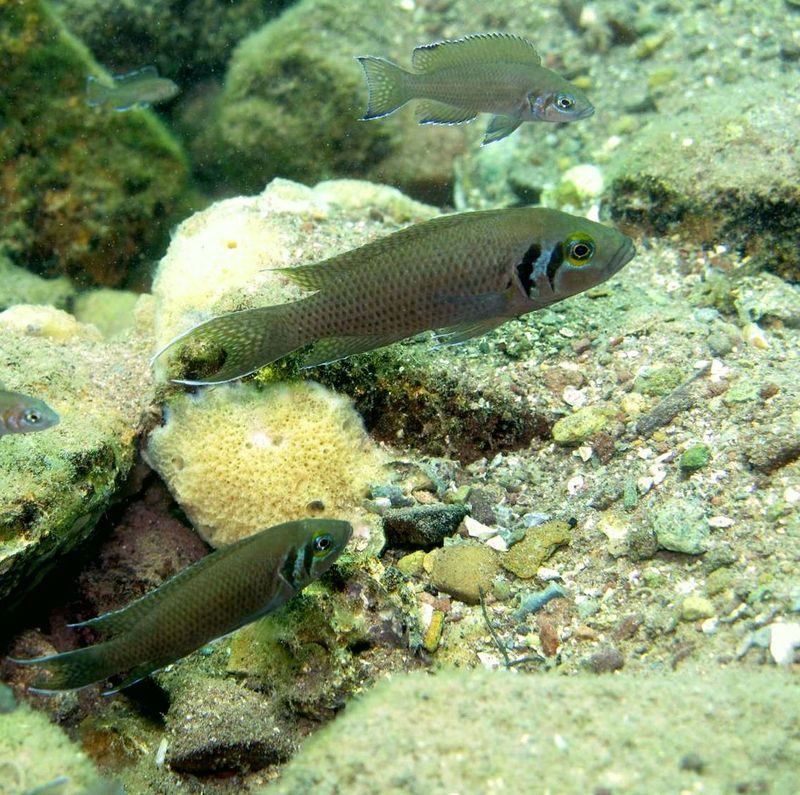
Cichlids exhibit complex social structures, often forming hierarchies within their communities. These social dynamics are fascinating to observe, as individuals compete for territory and engage in cooperative behaviors. Understanding these interactions can offer insights into animal behavior and social evolution.
The social nature of cichlids adds another layer of interest for aquarists, as they can observe a range of interactions, from aggression to cooperation. These behaviors highlight the importance of environment and group dynamics, making cichlid tanks vibrant and dynamic spaces.
Natural Architects
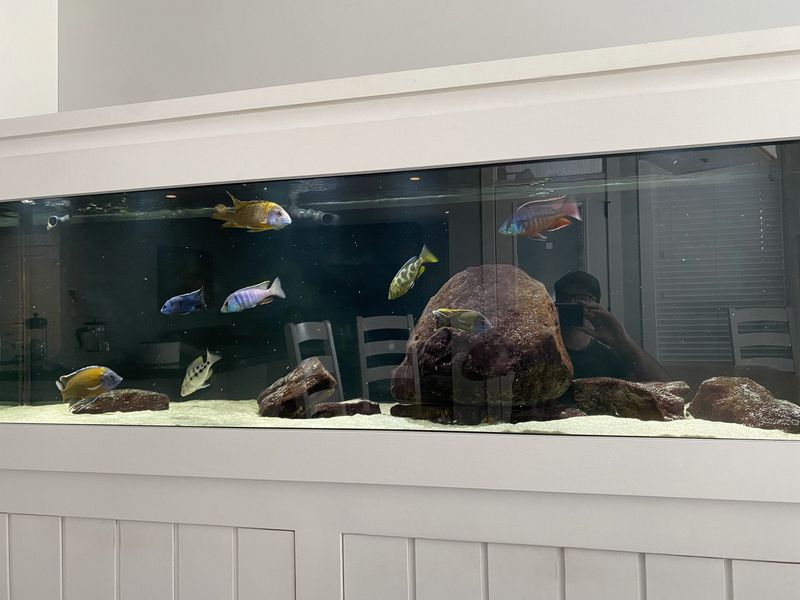
Cichlids are known for their remarkable ability to manipulate their environment, often constructing nests or territories within aquariums. This behavior, known as ‘bioengineering,’ allows them to create optimal conditions for breeding and living.
Watching cichlids rearrange substrates or use rocks and plants to build structures can be a captivating experience. Their architectural skills reflect their intelligence and adaptability, making them intriguing subjects for study. These behaviors not only enhance the aesthetic of an aquarium but also demonstrate the species’ natural instincts and environmental interactions.
Intriguing Mating Rituals
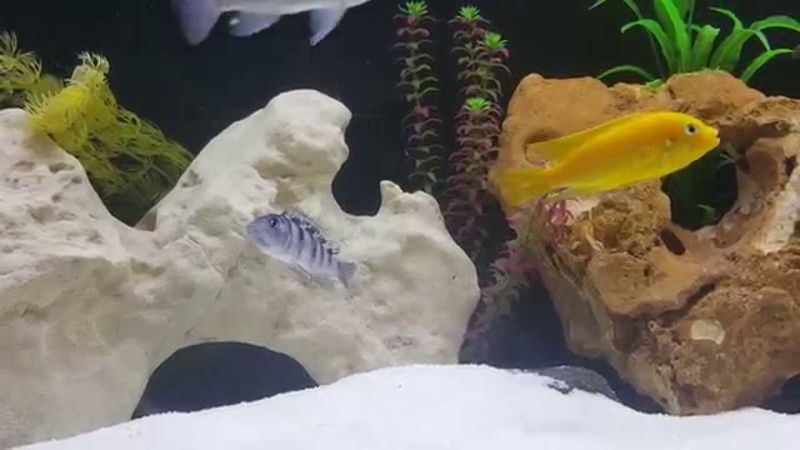
Cichlids are renowned for their elaborate mating rituals, which can include vibrant displays of color, intricate dance-like movements, and unique sounds. These rituals are not only fascinating to observe but also play a crucial role in mate selection and species survival.
The diversity in mating behaviors among cichlid species highlights their evolutionary adaptability and complexity. Observers can gain insights into behavioral ecology and sexual selection by watching these displays. Mating rituals add a layer of fascination and beauty to the cichlid experience, making them a popular choice for aquarists interested in behavioral studies.
Geographical Diversity
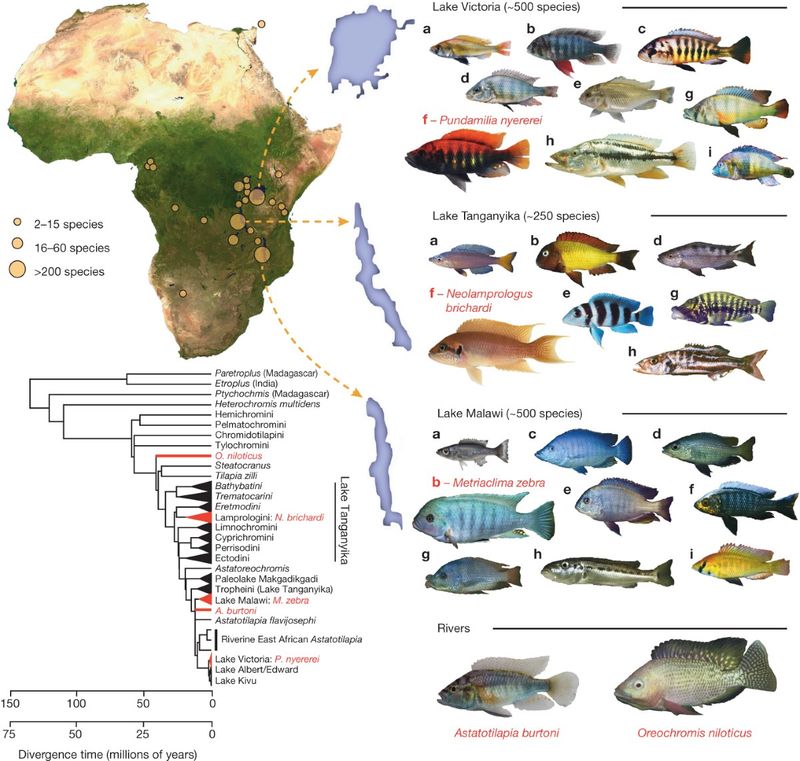
Cichlids are found across a wide range of geographical locations, from the deep lakes of Africa to the flowing rivers of South America. This geographical diversity contributes to the wide variety of cichlid species, each adapted to its unique environment.
This diversity allows aquarists to explore different biotopes and recreate natural habitats in their tanks. Understanding the geographical origins of cichlids can enhance the appreciation of their unique adaptations and traits. Their presence across various ecosystems highlights their evolutionary success and adds to their allure as a captivating subject for enthusiasts.
Resilience
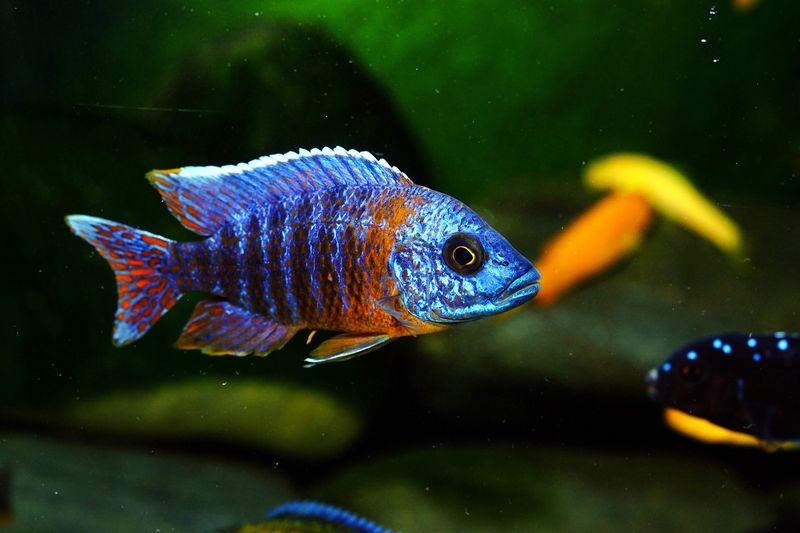
Cichlids are among the most resilient fish in the aquarium trade, capable of withstanding a range of environmental stressors. Their resilience makes them suitable for hobbyists of all experience levels. They can adapt to varying water conditions, diet changes, and even some diseases.
The resilience of cichlids is a testament to their evolutionary success, allowing them to thrive in both natural and artificial environments. This characteristic not only makes them popular among aquarists but also highlights their robustness as a species, able to overcome challenges that many other fish cannot.
Longevity
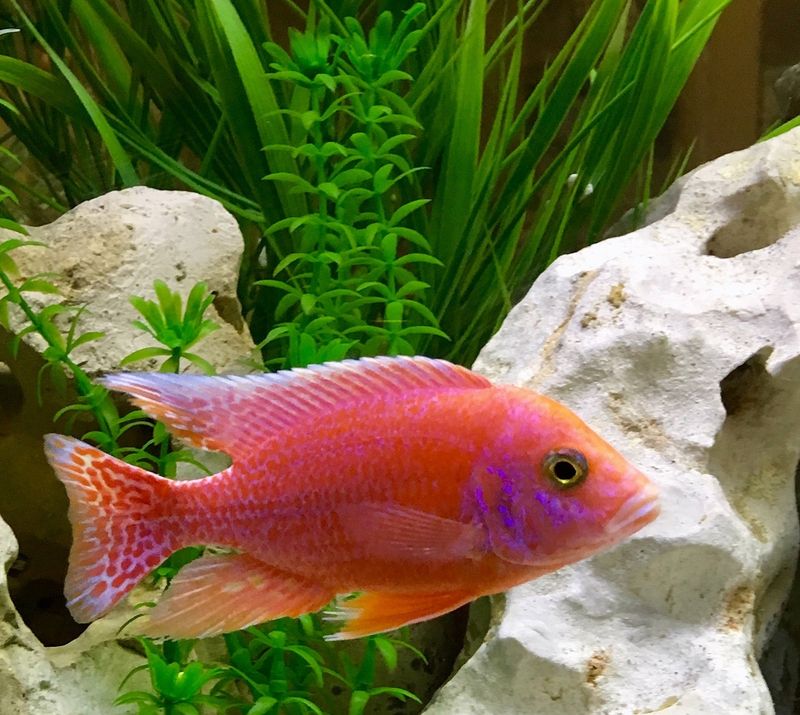
Cichlids are known for their relatively long lifespans compared to other freshwater fish. Many species can live for over a decade with proper care, allowing for long-term enjoyment and study. This longevity makes cichlids an appealing choice for aquarists seeking a lasting relationship with their fish.
Their long lives also provide ample opportunity to observe their behaviors and interactions over time. This extended lifespan is a testament to their robust health and adaptability, ensuring they remain a favorite among fish enthusiasts who appreciate commitment and continuity in their aquatic companions.
Versatile Tank Mates
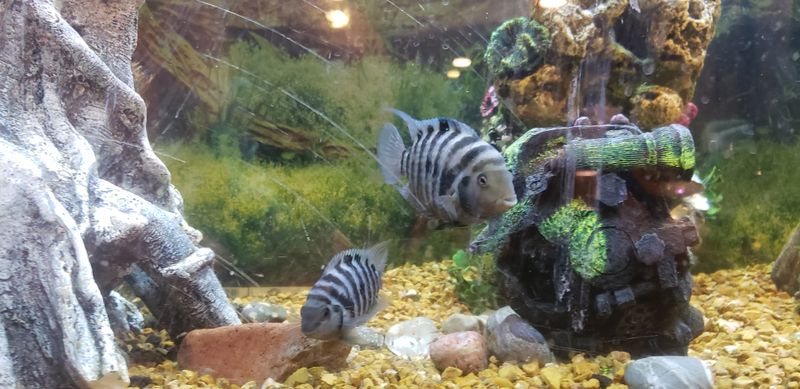
Cichlids can be compatible with a range of other fish species, making them versatile tank mates in community aquariums. With careful selection and monitoring, aquarists can create harmonious environments that showcase diverse aquatic life.
Their adaptability and varied temperaments allow for creative and dynamic tank setups. Understanding the social dynamics of cichlids and their potential tank mates enhances the aquarium’s aesthetic and functionality. This versatility makes cichlids a popular choice for hobbyists looking to diversify their tanks while enjoying the rich interactions between different species.
Educational Value

Cichlids offer significant educational value, providing insights into biology, ecology, and animal behavior. Their complex interactions and adaptability serve as excellent teaching tools, making them valuable in both formal and informal educational settings.
Observing cichlids allows students to explore concepts such as evolution, adaptation, and social structures in a tangible way. This hands-on learning approach can inspire curiosity and a deeper understanding of the natural world. Cichlids as educational subjects highlight the connection between science and everyday observations, making them a unique and engaging educational resource.
Cultural Significance
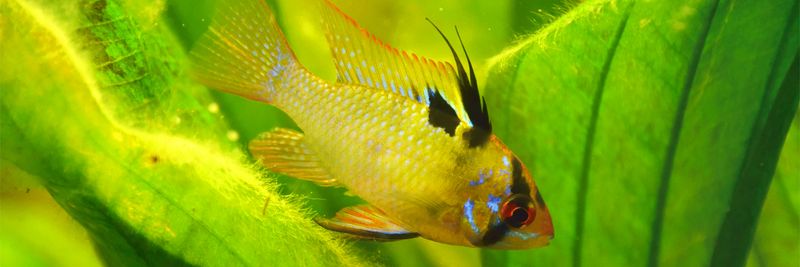
Cichlids hold cultural significance in many regions, particularly in Africa and South America, where they are often featured in local folklore and traditions. Their vibrant colors and dynamic behaviors have made them symbols of beauty and resilience.
In some cultures, cichlids are considered good luck or are used in traditional ceremonies. This cultural significance adds an additional layer of interest for enthusiasts, connecting them with the rich cultural histories associated with these fascinating fish. Appreciating cichlids through the lens of cultural heritage enriches their appeal and underscores their importance beyond just aquariums.

